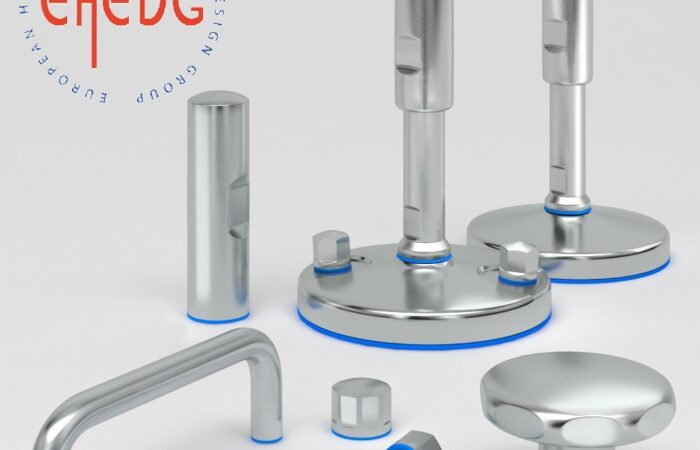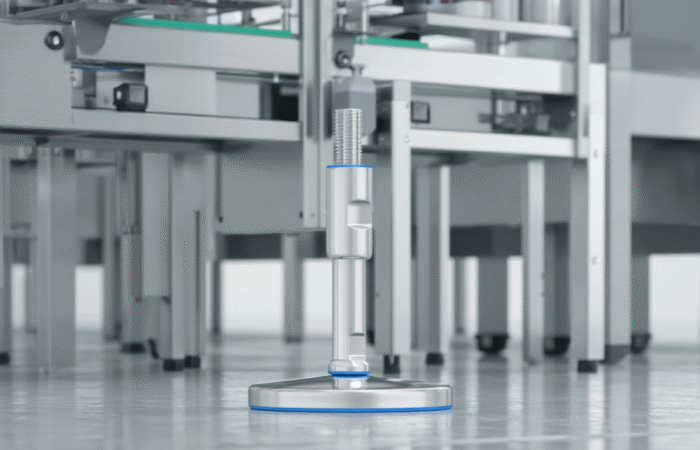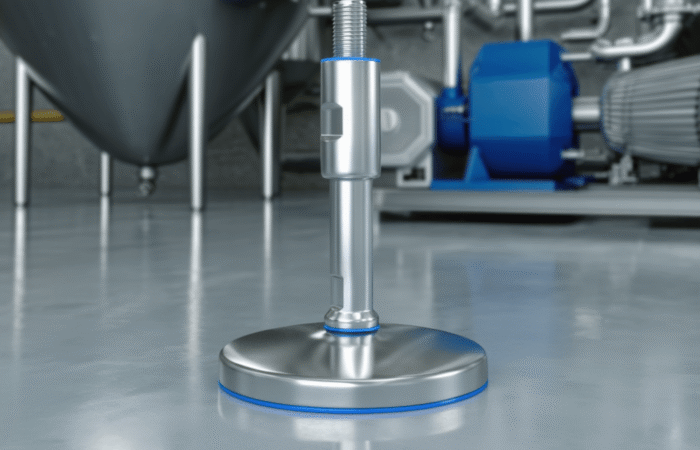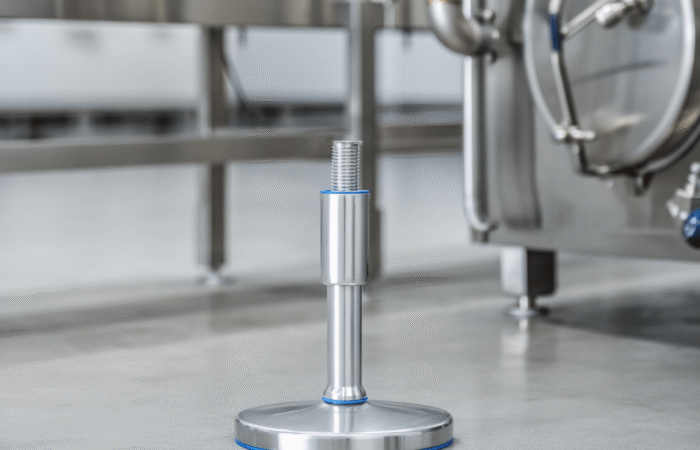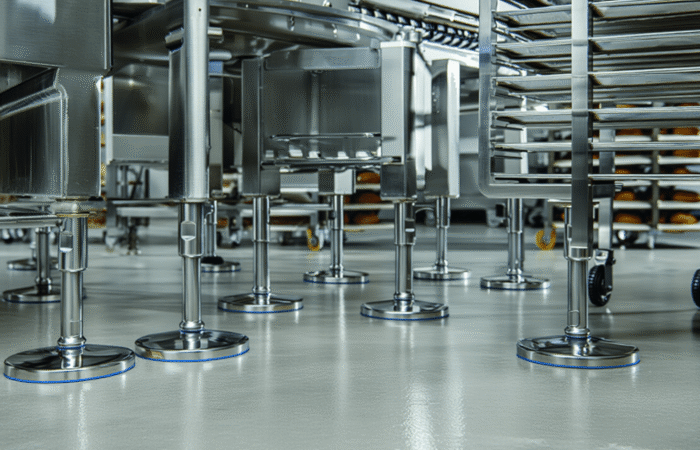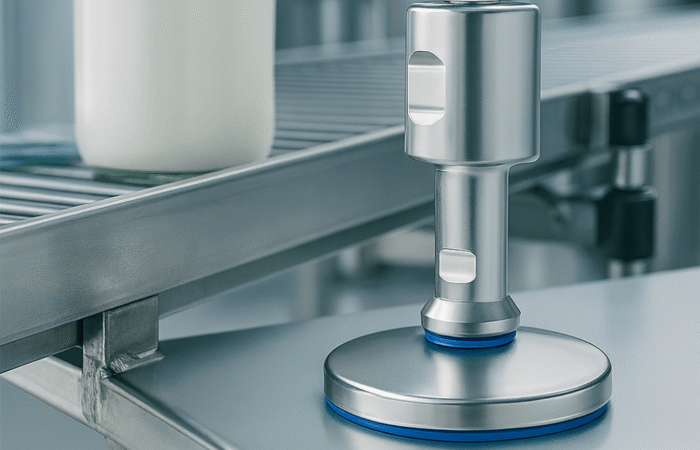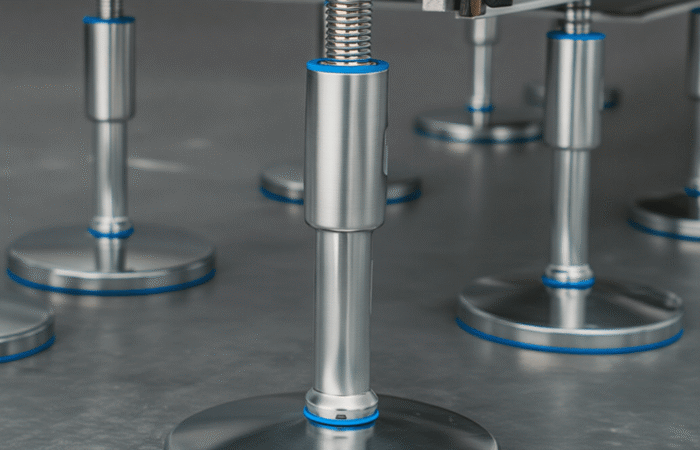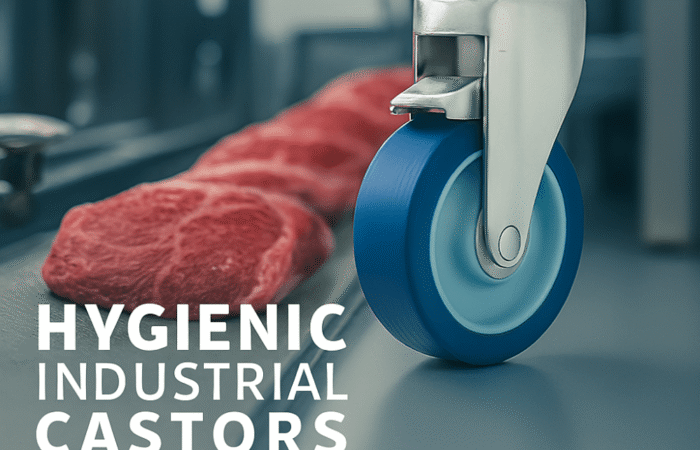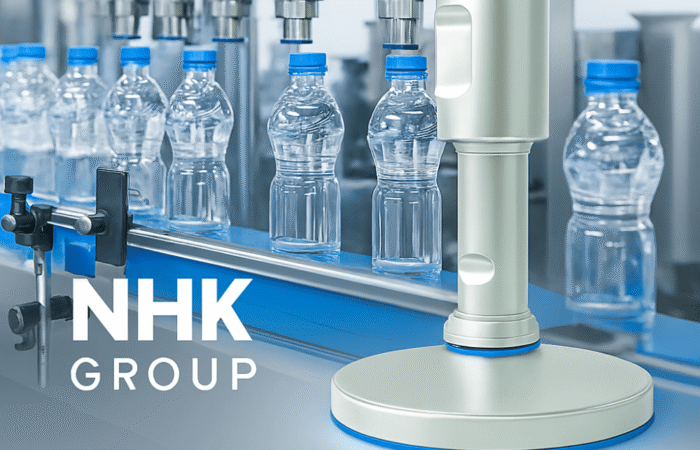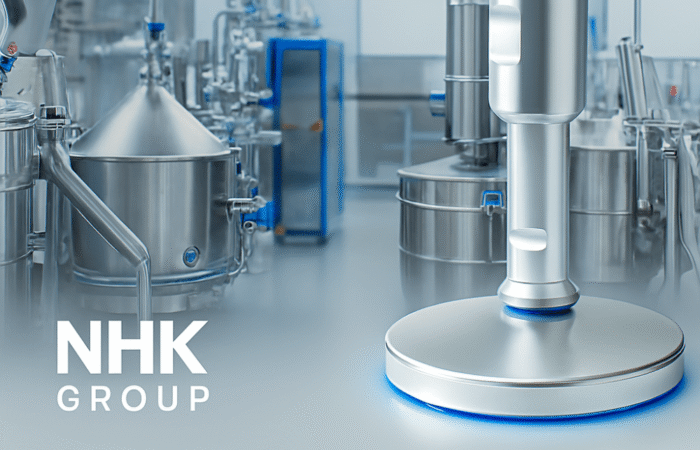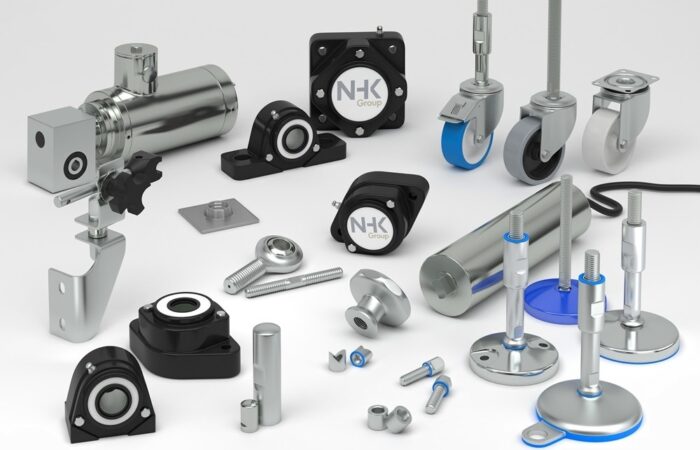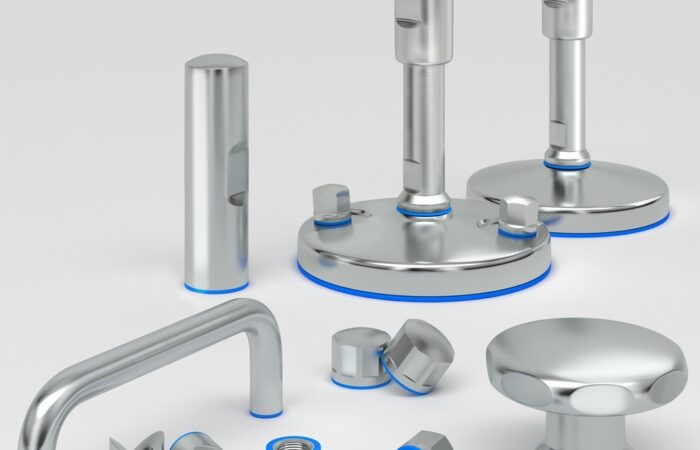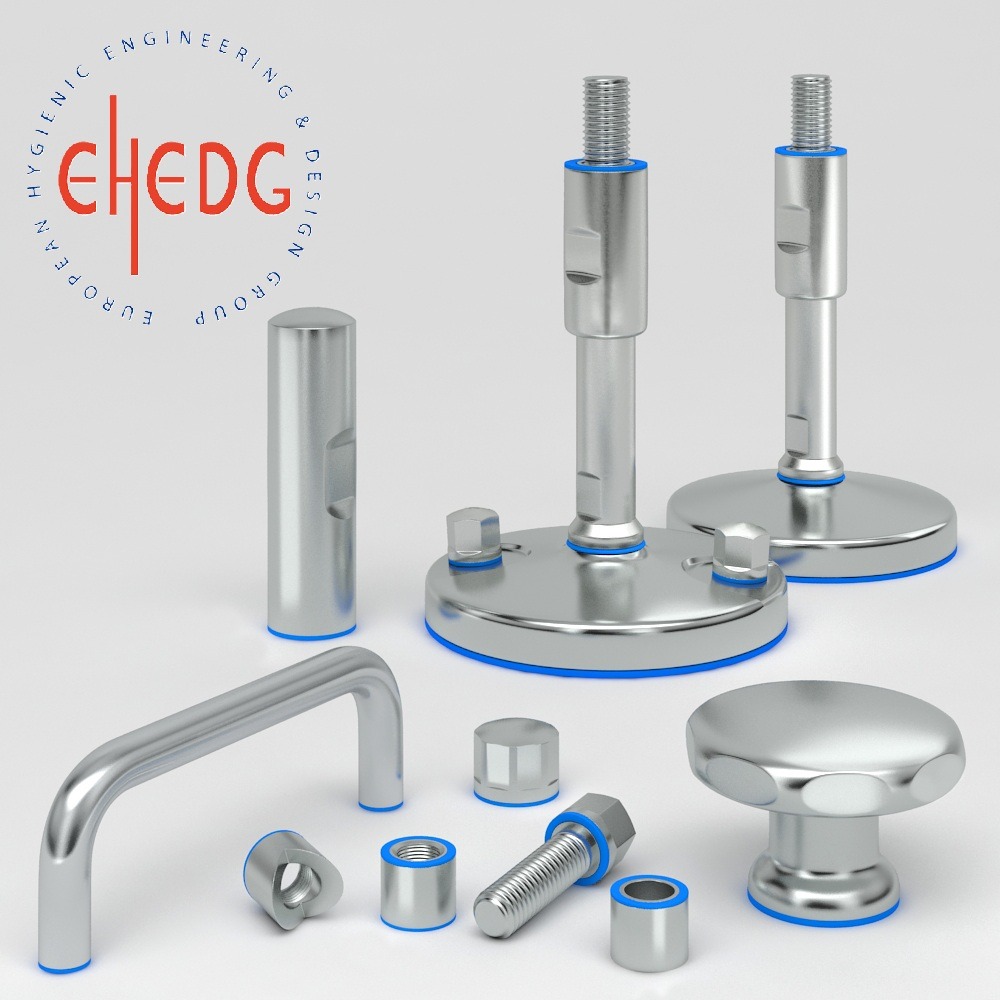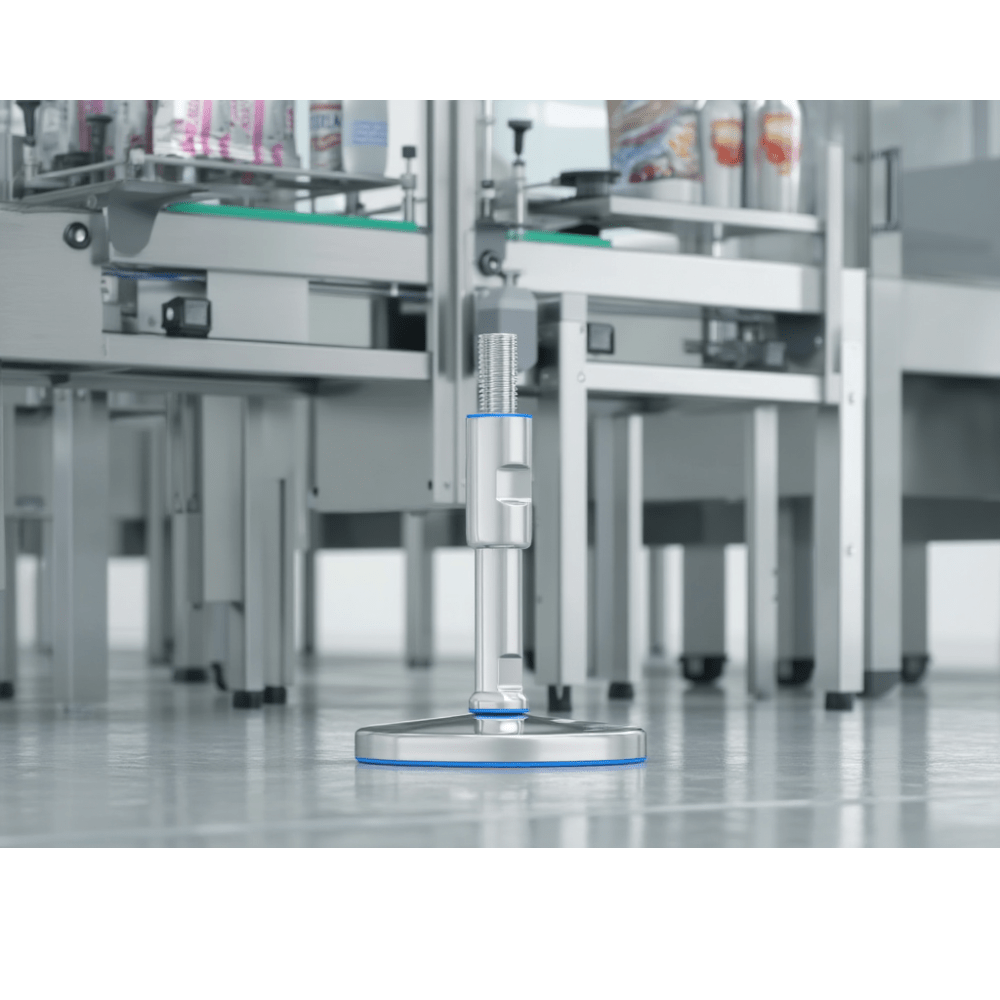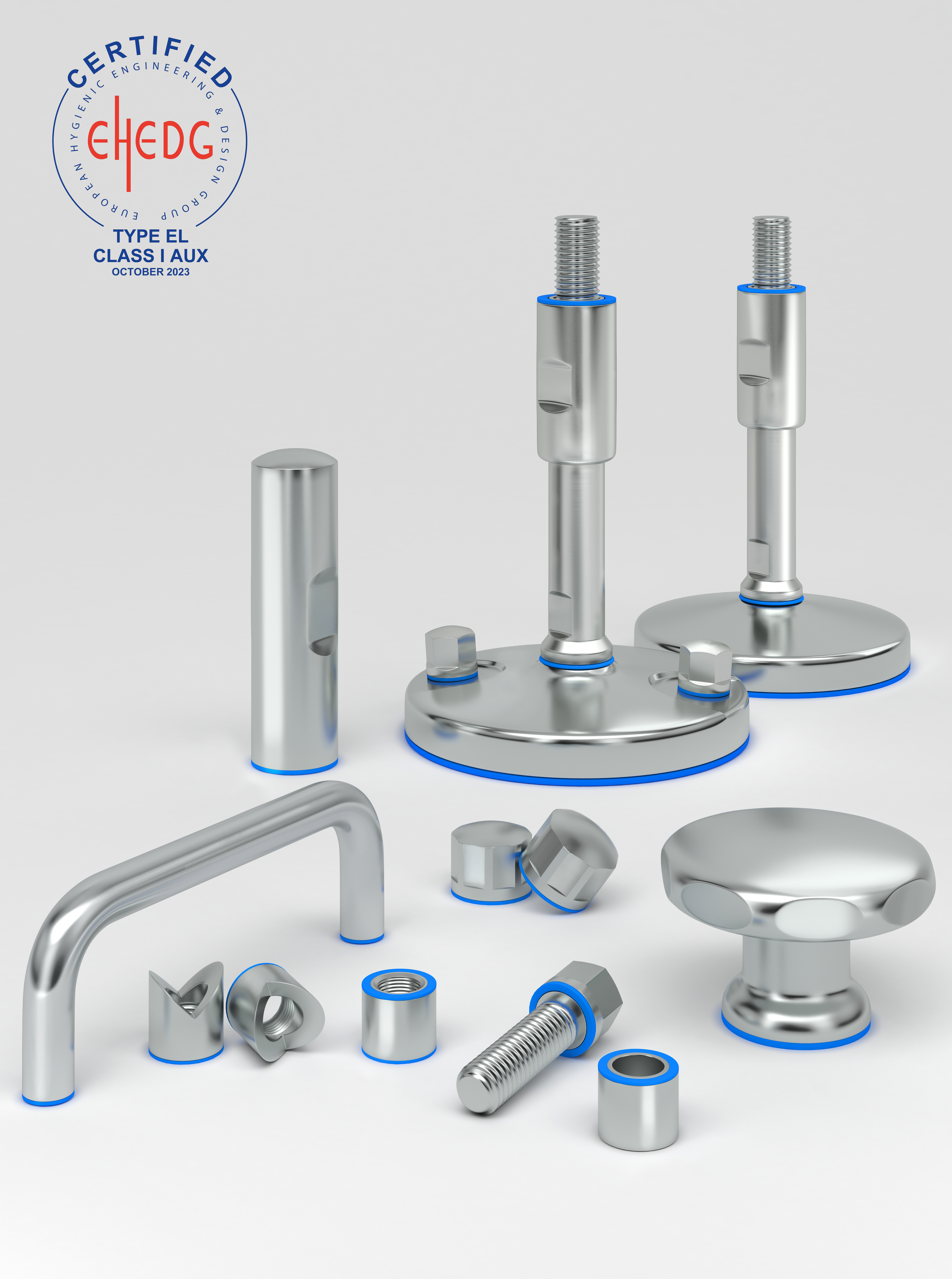
EHEDG and Sanitary Standard Certified Components and Parts
In the food processing industry, maintaining high standards of hygiene and safety is crucial. This is where certifications like EHEDG (European Hygienic Engineering & Design Group) and Sanitary Standards come into play. These certifications ensure that equipment and components used in food processing meet stringent hygiene standards, minimizing the risk of contamination and ensuring the safety of food products. In this article, we will explore the significance of EHEDG and Sanitary Standard certifications, their requirements, and the benefits of using certified components and parts in the food industry. The European Hygienic Engineering & Design Group (EHEDG) is a consortium of equipment manufacturers, food industries, research institutes, and public health authorities. It was founded in 1989 to promote hygiene during the processing and packaging of food products. EHEDG certification ensures that equipment is designed and built to prevent bacterial contamination and is easy to clean. Sanitary Standard is an independent, not-for-profit organization that develops sanitary standards and practices for the design, fabrication, installation, and cleanability of dairy and food equipment. The Sanitary Standard symbol is recognized worldwide as a mark of sanitary quality. The primary benefit of using EHEDG and Sanitary Standard certified components is the enhanced hygiene and safety they offer. These certifications ensure that the equipment is designed to minimize the risk of contamination, which is crucial in the food processing industry. By using certified components, manufacturers can significantly reduce the risk of foodborne illnesses and recalls, protecting both consumers and brand reputation. Many countries have stringent regulations regarding food safety and hygiene. Using certified components helps manufacturers comply with these regulations, reducing the risk of penalties and legal issues. Both EHEDG and Sanitary Standard certifications are recognized worldwide, making it easier for companies to meet international standards and expand into global markets. Equipment that is easy to clean not only enhances hygiene but also reduces downtime and cleaning costs. EHEDG and Sanitary Standard certified components are designed to be easy to clean, allowing for more efficient and effective cleaning processes. This can lead to significant cost savings over time, as well as improved operational efficiency. Consumers are becoming increasingly aware of food safety issues and are more likely to trust brands that demonstrate a commitment to hygiene and safety. By using EHEDG and Sanitary Standard certified components, manufacturers can build consumer trust and loyalty, leading to increased sales and market share. Certified components are typically made from high-quality materials that are resistant to corrosion and wear. This means they are likely to have a longer lifespan, reducing the need for frequent replacements and lowering maintenance costs. Investing in certified components can lead to long-term cost savings and improved reliability of equipment. When selecting components and equipment for food processing, it is essential to consider certification as a key factor. Here are some tips for selecting certified components: EHEDG and Sanitary Standard certifications play a critical role in ensuring hygiene and safety in the food processing industry. By investing in certified components and equipment, manufacturers can enhance product safety, comply with regulations, and build consumer trust. As the demand for safe and hygienic food products continues to grow, the importance of these certifications will only increase, making them an essential consideration for any food processing operation. Industrial machinery requires precision-engineered components that meet exacting standards for durability, safety, and performance. This comprehensive guide explores the essential machinery parts that drive modern manufacturing across food processing, packaging, and chemical industries. Understanding the difference between Pillow Blocks and Direct Mount Bearings is crucial for engineers and procurement professionals seeking to optimize equipment longevity. Pillow block bearings, also known as plummer blocks, are self-aligning bearing units that simplify installation and significantly reduce maintenance costs. These versatile components mount on machine frames and support rotating shafts with exceptional precision, ensuring smooth operation in demanding industrial environments. Flange bearing units offer a more compact alternative, featuring integrated flanges that enable direct mounting to flat surfaces without additional hardware. Both designs come in various materials, including stainless steel grades optimized for corrosive environments and food-grade applications where hygiene is paramount. The importance of material selection cannot be overstated in machinery design. 440 Stainless Steel and 420 grades offer distinctly different properties suited to specific applications and environmental conditions. The 440 stainless steel variant provides superior hardness and exceptional edge retention, making it ideal for cutting tools and high-wear applications requiring maximum durability. Meanwhile, 420 stainless steel offers better corrosion resistance and is preferred in food processing equipment where chemical exposure is common. Hygienic stainless steel components have become essential in food machinery, meeting EHEDG standards and facilitating rapid equipment cleaning required in modern food production facilities. Understanding ingress protection ratings is equally critical for machinery durability and operational reliability. IP67 rating ensures protection against dust and temporary water immersion, while IP68 rating provides complete dust protection and sustained water immersion capabilities for submerged operations. The IP69K standard represents the highest protection level, specifically designed for high-pressure wash-down environments found in industrial food processing facilities. These ratings define how effectively machinery components withstand environmental challenges and maintain performance. Modern industrial facilities increasingly demand equipment that combines high performance with ease of maintenance and sanitation. The choice between different bearing types depends on operational requirements, environmental conditions, and budget constraints. Proper component selection ensures extended equipment lifespan, reduced downtime, and improved operational efficiency.Ensuring Hygiene and Safety in Food Processing
Understanding EHEDG and Sanitary Standard Certifications
EHEDG Certification
Key Aspects of EHEDG Certification
Sanitary Standard Certification
Key Aspects of Sanitary Standard Certification
Benefits of Using EHEDG and Sanitary Standard Certified Components
Enhanced Hygiene and Safety
Regulatory Compliance
Improved Cleaning Efficiency
Increased Consumer Confidence
Longevity and Durability
Selecting EHEDG and Sanitary Standard Certified Components
EHEDG and Sanitary Standard certified components and parts
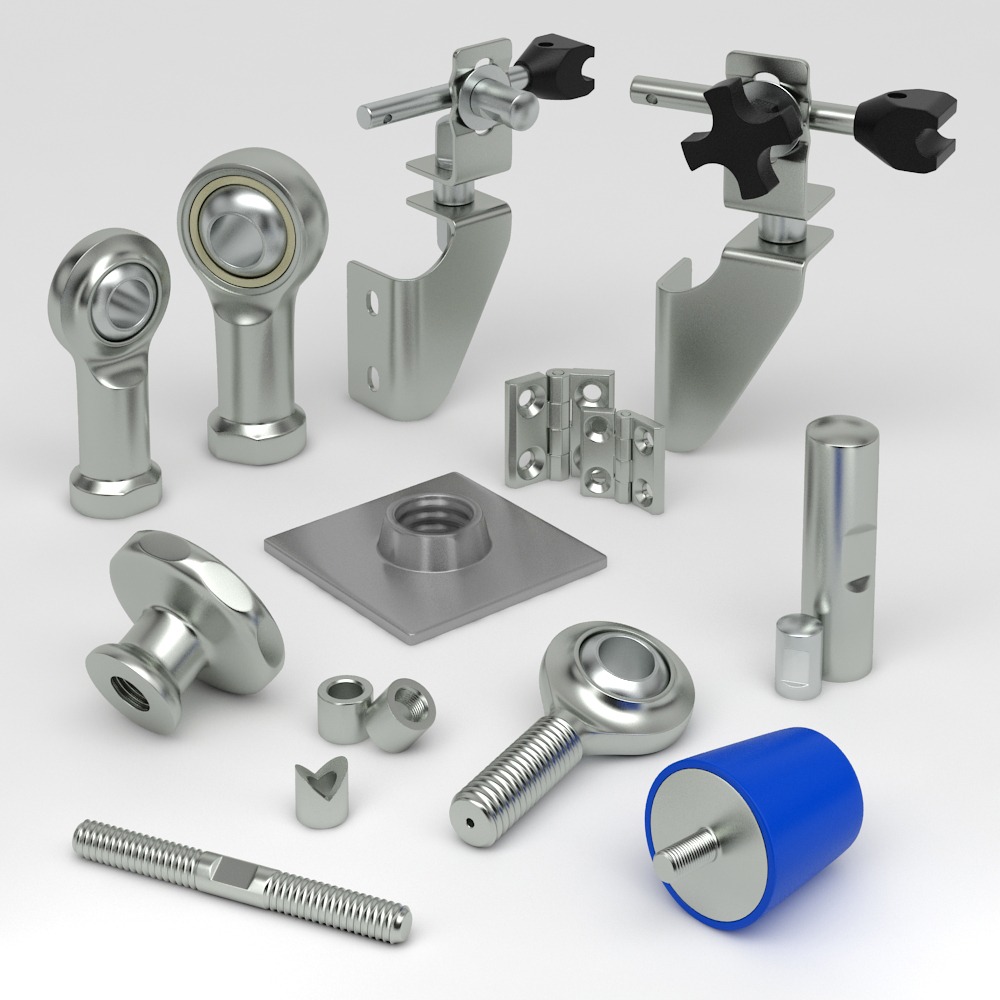
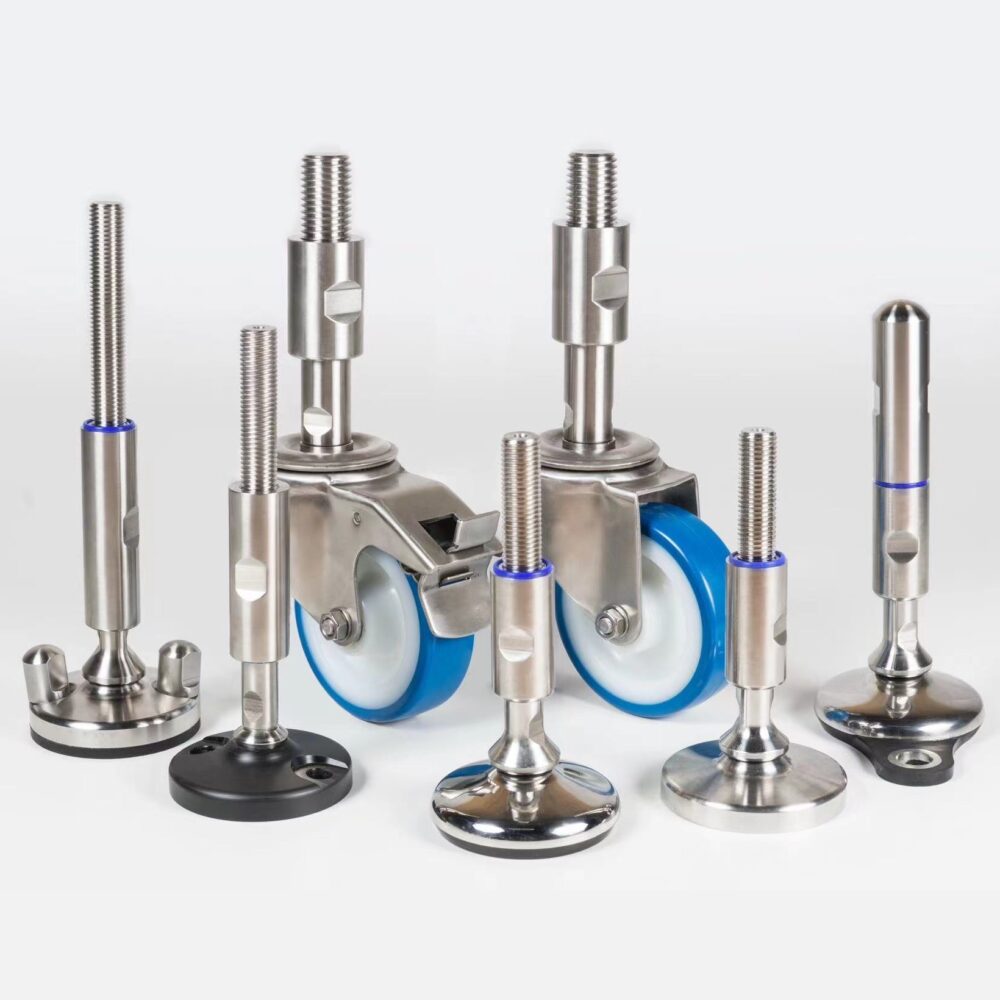
Contact
Understanding Machinery Components & Protection Standards
